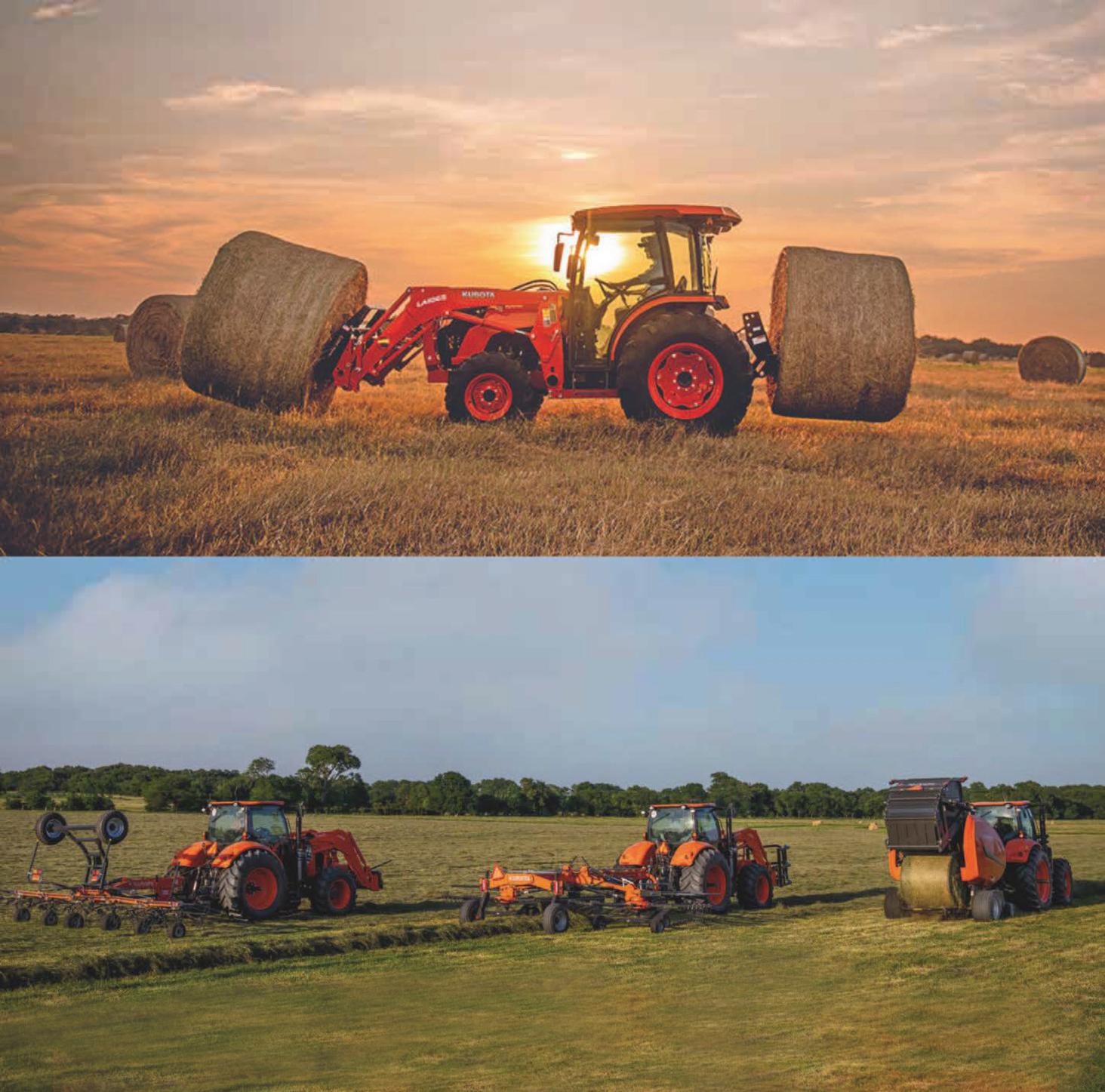Agriculture and Outdoors







As
As
Wrigh









Ed Choate
Publisher
Heather Ruotolo
Advertising Director,
General Manager
Chris Barnhart
Advertising Sales
Abby Bigaouette
Graphic Designer


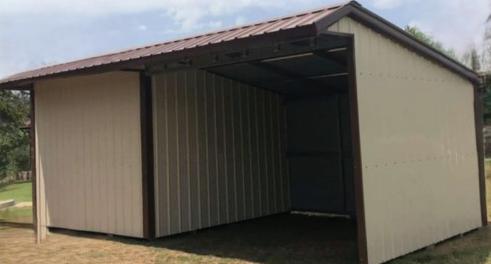



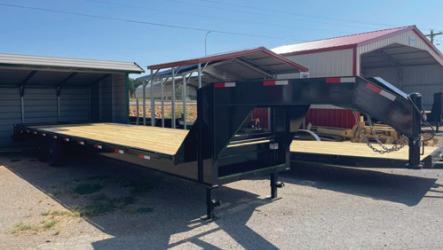






Tahlequah Public Schools has started the planning and fundraising stage for the district’s new agriculture barn.
Carl Wallace, Tahlequah High School ag teacher, said the group is building community support through social media posts, talking to community decision makers, and seeking donations.
Superintendent Tanya Jones said plans are to place the barn in a 1-acre lot across from the Tahlequah Multipurpose Activity Center. TPS Director of Operations Brad Jones said the potential size for the structure will be 50 feet by 50 feet, with two walkthrough doors, four overhead doors, 25 pens, and a wash bay. More features will be added as plans are finalized.
“This is a total game changer for our
ag program,” Wallace said. “Phase 1 is to build this ag barn for students who never have been able to participate. Our program has grown tremendously the past couple years, but we have physically ran out of space.”
He said Phase 2 is to move the classroom and shop to the same plat of land.
“This will also be big time for ag. We have worked diligently to build a good shop program for our students to learn a trade that can benefit them directly out of high school,” Wallace said. “Our current building just really limits the [number] of kids we can feasibly have working in the shop. Also with more space means more opportunity. We want to grow our horticulture program, by adding a greenhouse. The opportunities are endless when you have room to make things happen.”
Tanya said the new facility will allow
for equal access to THS ag programs, with those who can’t accommodate projects at their residence now having an opportunity to get involved. While the barn is predominately for Tahlequah FFA members, Wallace said TPS 4-H may be allowed to use the facility.
Tanya said the projected date for the start of the project will be as soon as funds and services are allocated and proper permitting is completed.
“From an ag teacher’s perspective and my students perspective, we wish it was starting yesterday,” Wallace said. “However, we have work to do to make it happen. Brad Jones is working to get the final numbers pulled together; then we must raise the funds to make it happen. We are seeing lots of dominos lining up to help with the project. It’s super-exciting to see what our community can do when we support one another.”


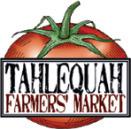







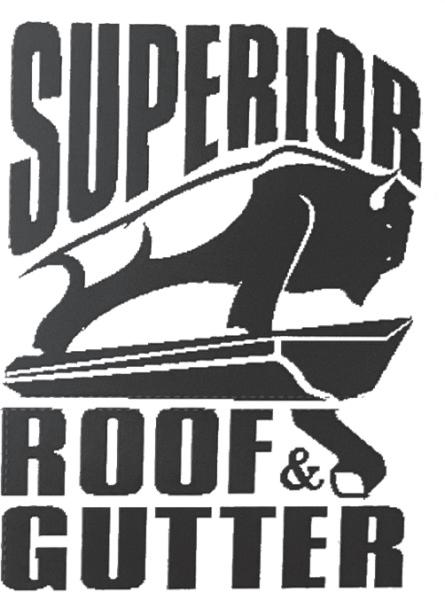

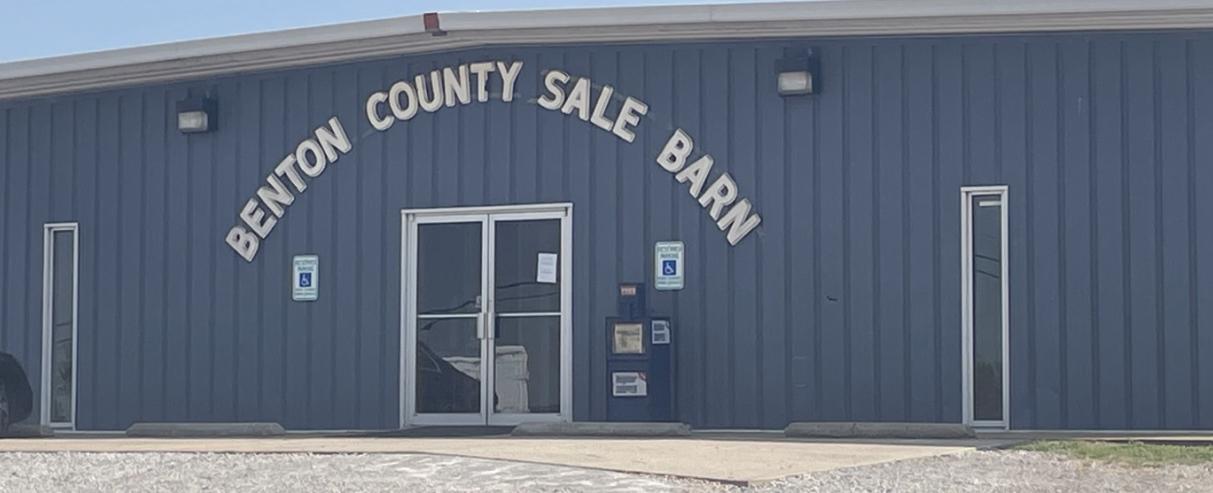
Business Manager: Cody Vaughn 479-790-3432
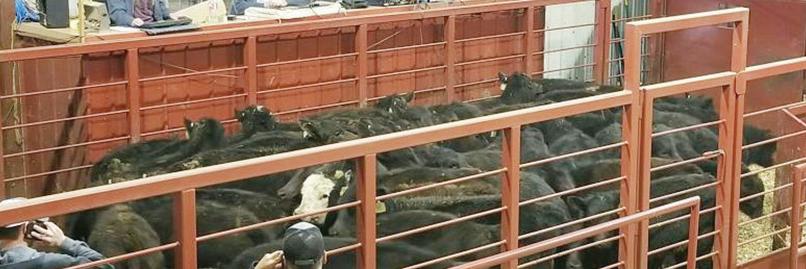
Thursday
10:00 a.m.,








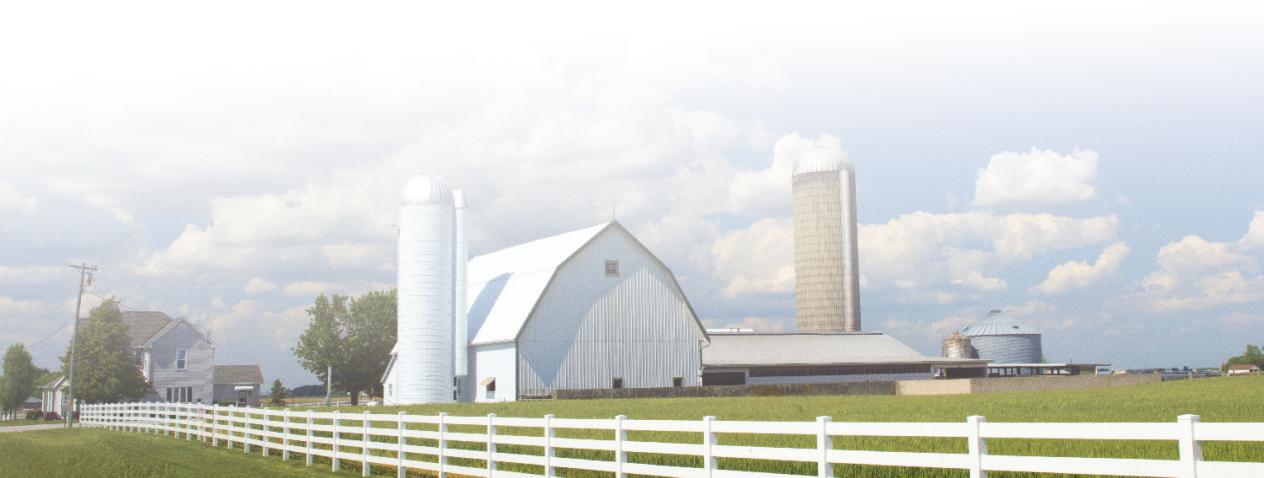


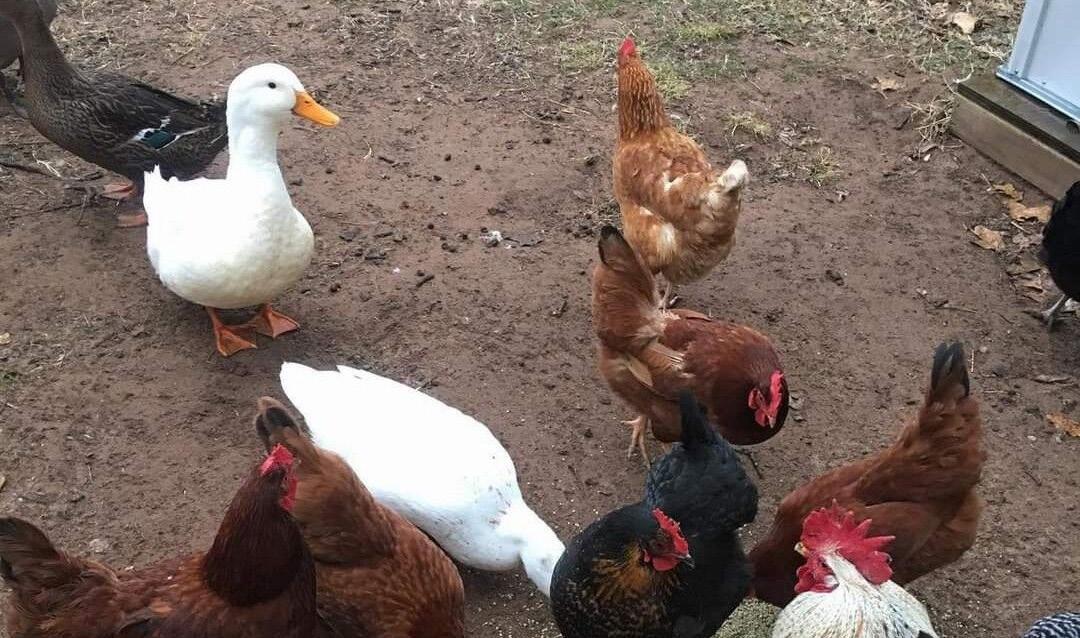
The old joke, “Why did the chicken cross the road?” ends with the punch line, “To get to the other side.”
But the real reason the chicken crossed the road was because a human carried it to the other side.
Humans can’t do without chickens. Chicken is the most popular meat today. Americans eat more than 80 pounds a year, more than pork or beef. The average American eats 279 chicken eggs a year. However, chickens are not native to the U.S. Humans brought them here for meat and for eggs.
Most people today think of chicken as white slabs of meat bought frozen in a grocery store. Very few people raise chickens, especially in urban areas. But since the pandemic and resulting egg shortage, a chicken renaissance has swept the country. It might be said that people
are flocking to raise their own flocks.
Husband and wife team Frank and Nancy Miller have been raising their own chickens for 10 years. They are self-proclaimed homesteaders who hope to become more self-sufficient and less grocery store-sufficient.
“We believe in utilizing what God has given us naturally to produce some of the best-tasting and healthiest food in the area,” Nancy said.
The Millers raise Barred Rock chickens for eggs.
“They’re a heritage breed. They lay a lot of eggs and they’re really hardy. They do well in Oklahoma weather,” Nancy Miller said. “We used to sell the eggs and we probably need to again, but we just supply our family right now.”
There are no Henny Pennys, Chicken Littles, or Foghorn Leghorns on their farm.
“We don’t name our chickens,”
Nancy said. “When you farm, you don’t name your animals.”
“We named our pigs and sheep and goats and there were a few times we got attached, so we sold them,” Frank added.
They did, however, name the chicken coop they built.
“We call it the Taj Mahal,” Frank Miller said. “We have a huge chicken run. It has all metal fencing around it.”
Despite the fence, they are still plagued by predators.
“Skunks, raccoons, coyotes, and hawks,” Nancy said. “We open the fence door and let the chickens free range on the property. But they can always go back in if there’s predators. And we close them up at night.”
The Millers raise a different breed of chicken for meat.
“Cornish Cross is a good meat chicken. We usually keep them free range, and in 12 weeks, they’re ready to eat,” Nancy said. “They’re genetically designed to grow faster.”
Raising chickens and growing their own food was paramount to the pair. They realized the need to get away from the corporate food supply chain.
“We’re animal lovers and we don’t want to support the system that treats animals that way,” Nancy said.
The inciting incident that caused the Millers to begin homesteading was watching a movie about how Americans get their food.
“You can’t unsee it,” Nancy said.
“You can’t un-know what you know,” echoed Frank.
The Millers believe in supporting local farmers, ranchers, and small businesses to create a sustainable local economy that benefits everyone – just like the old saying, “Birds of a feather flock together.”
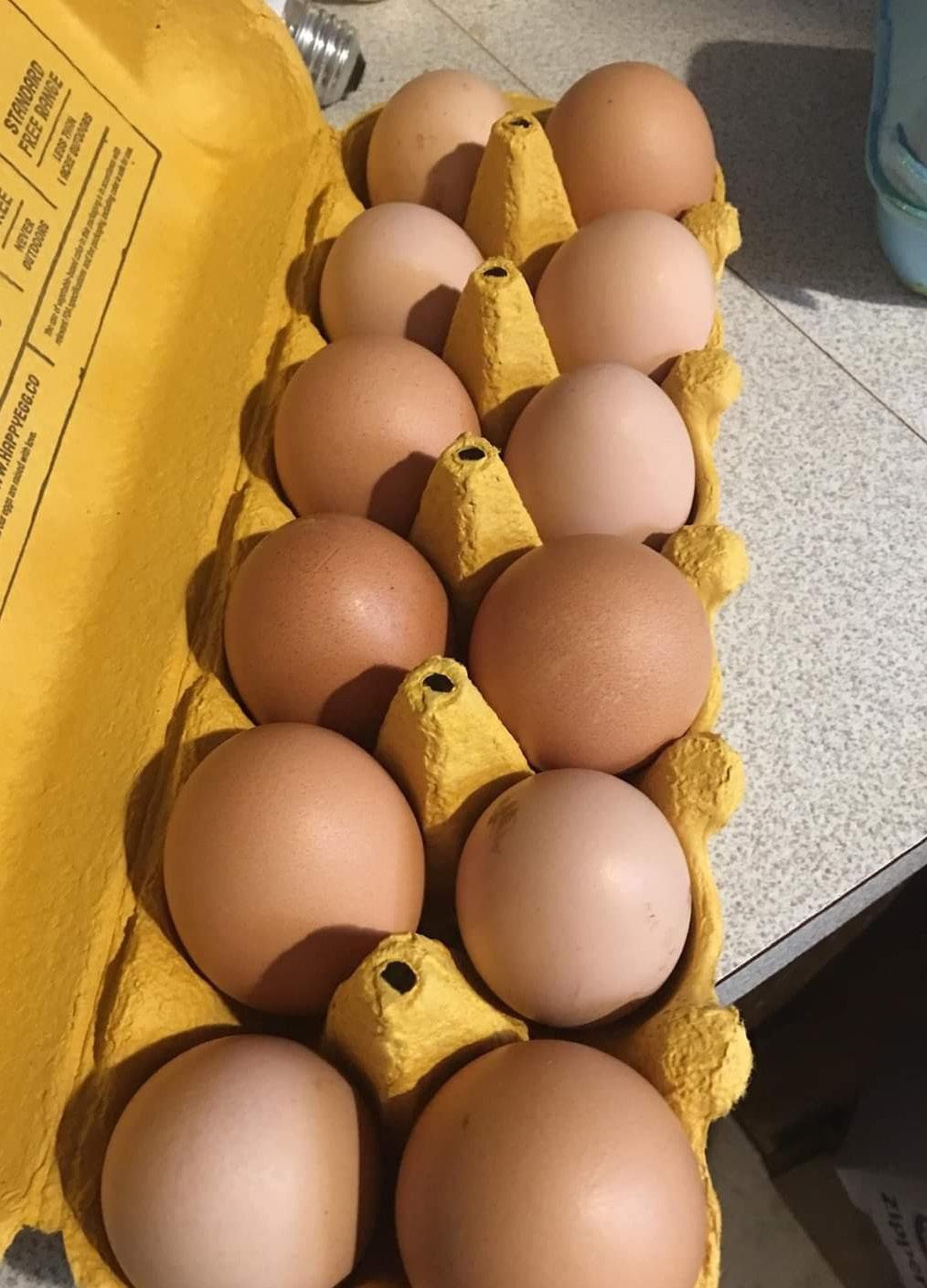





Pa tios • Home founda tions • Driveways
Footings • Retaining walls
Modular Home founda tions • TERO Certified
End dump or bobtail available
Sand • Top Soil • Clean Rock
Rip Ra p & Surge • Clay Gra vel / Fill dirt AG Base • Demo haul off concrete, dirty

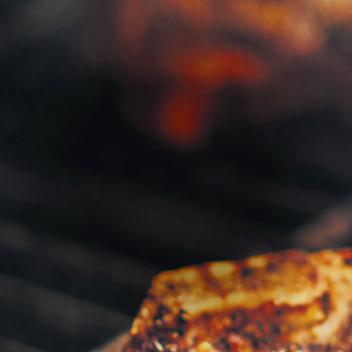
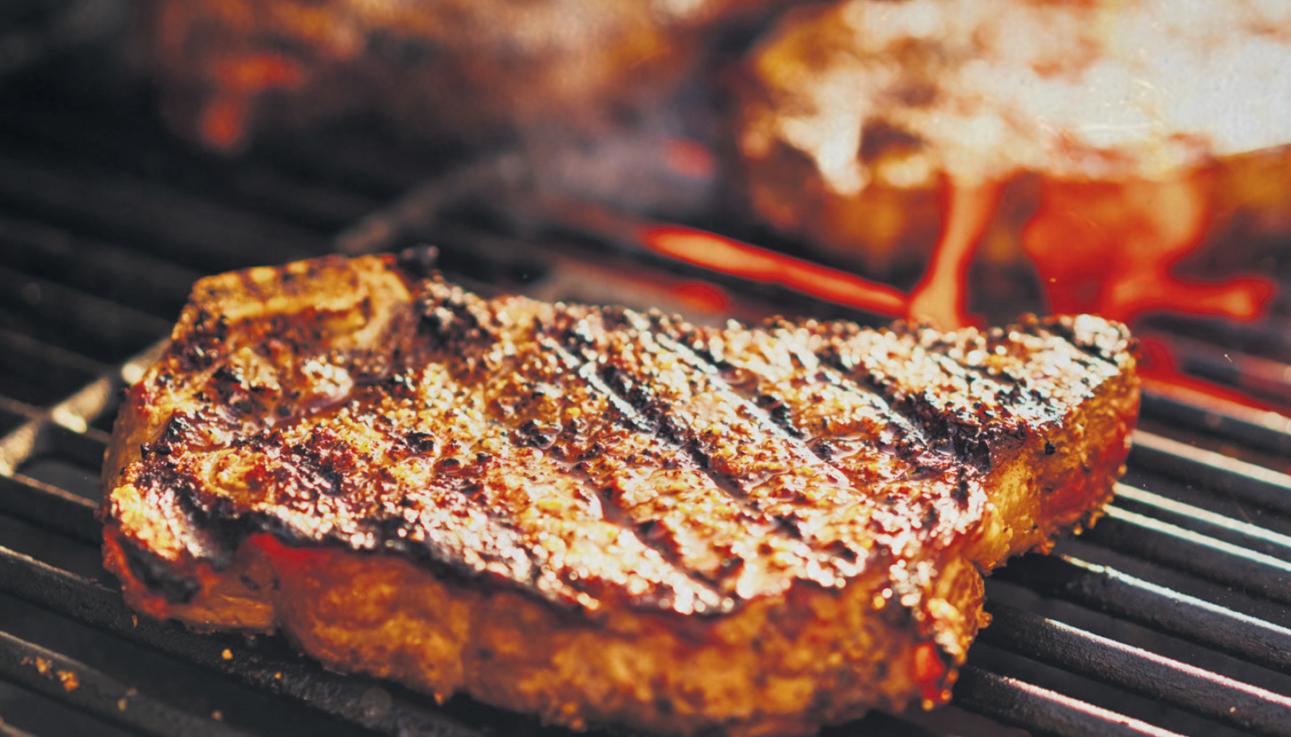

It’stime to takea vacation to your own backyard with 1839 Cherokee Meat Co.! Turn your free time into agreat grilling time with our classiccookout options likeUSDA-cer tified steaks, hamburger meatand sausagelinks, plus brisket, porkchops and more.
Unwind and enjoy the right kind of siz zle this summer !
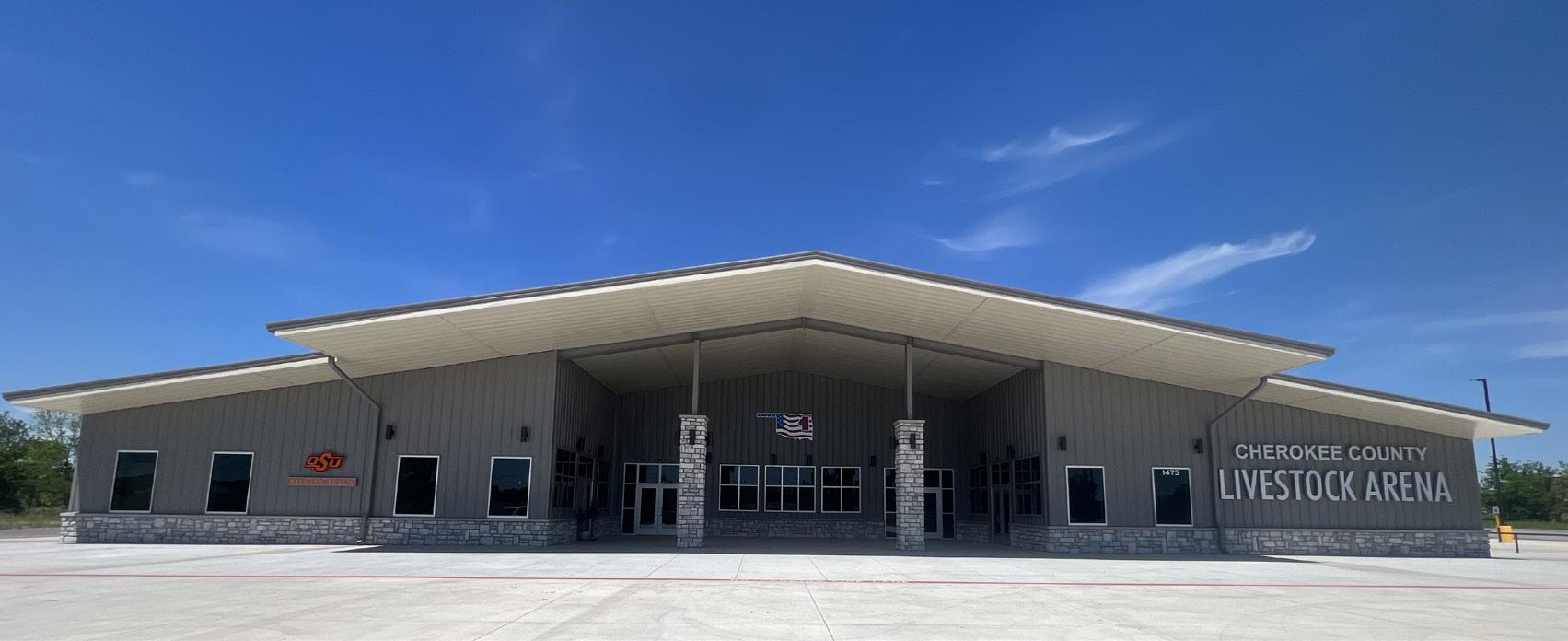
The new Cherokee County Livestock Arena has been in operation for the past year, offering patrons and OSU Extension Office affiliates a bigger and better place to work.
The 31,500-square-foot facility opened in September 2023 at the northwest end

of town by the Tahlequah Municipal Airport. The original arena was across town at the Cherokee County Fairgrounds.
District 3 Cherokee County Commissioner Clif Hall said the livestock arena has has adequate space for livestock shows; the facility is able to house at least 400 kids at a statewide May ag event.
“Everything in that building is pretty much adequate for what we need,” Hall said. “And we have room to build in the future if we need to add on to it.”
Hall said the commissioners have a footprint for around an additional 3,500 square foot, if the need arises.
“We’ll just see if we outgrow, and if the need is there, it was easier to do the footprint on the footings of the concrete at the stage we were at with building than waiting and doing it later,” Hall said.
The 56,000-square-foot parking lot has since been finished and striped.
The Cherokee County Livestock Arena has many features for patrons, from a set of wash racks to a conference room to the OSU Extension office.
Heather Winn, Cherokee County

The Cherokee County Commissioners cut the ribbon at the open house for the Cherokee County Livestock Arena, as others affiliated with the building look on. From left, in foreground, are: Sasha Blackfox Qualls, Chris Jenkins, Chris’ son Jase Jenkins, Clif Hall, and Bobby “Cub” Whitewater.
OSU Extension Service educator, said moving to the new building from the 908 S. College location has allowed the Extension servive to have more outdoor space and makes the arena more accessible for 4-H and FFA programs.
“The kitchen is complete now, too, so that’s a plus for us to be able to have our canning classes here instead of over at the other building, so basically we’re full go now,” Winn said.
Winn said the site hosts several agriculture-related events and programs, such as livestock shows, the county fair, FFA contests, and more.
The building is available for rent for other events that aren’t agriculture-based.
The livestock arena’s first anniversary is nearing, but small touches are still being added for beautification and educational purposes. Winn said container gardens and rain barrels are among the projects lined up to be created and placed
at the arena.
“It’s great that we’re having the shows in it and that we have a facility that will be there for a long time [to] house all the shows and all the kids who want to come in there. It’s pretty unlimited with what we can do with this building in the future,” Hall said.

The kitchen at the Cherokee County Livestock Arena is now complete, which will accommodate canning classes and other food-related workshops.
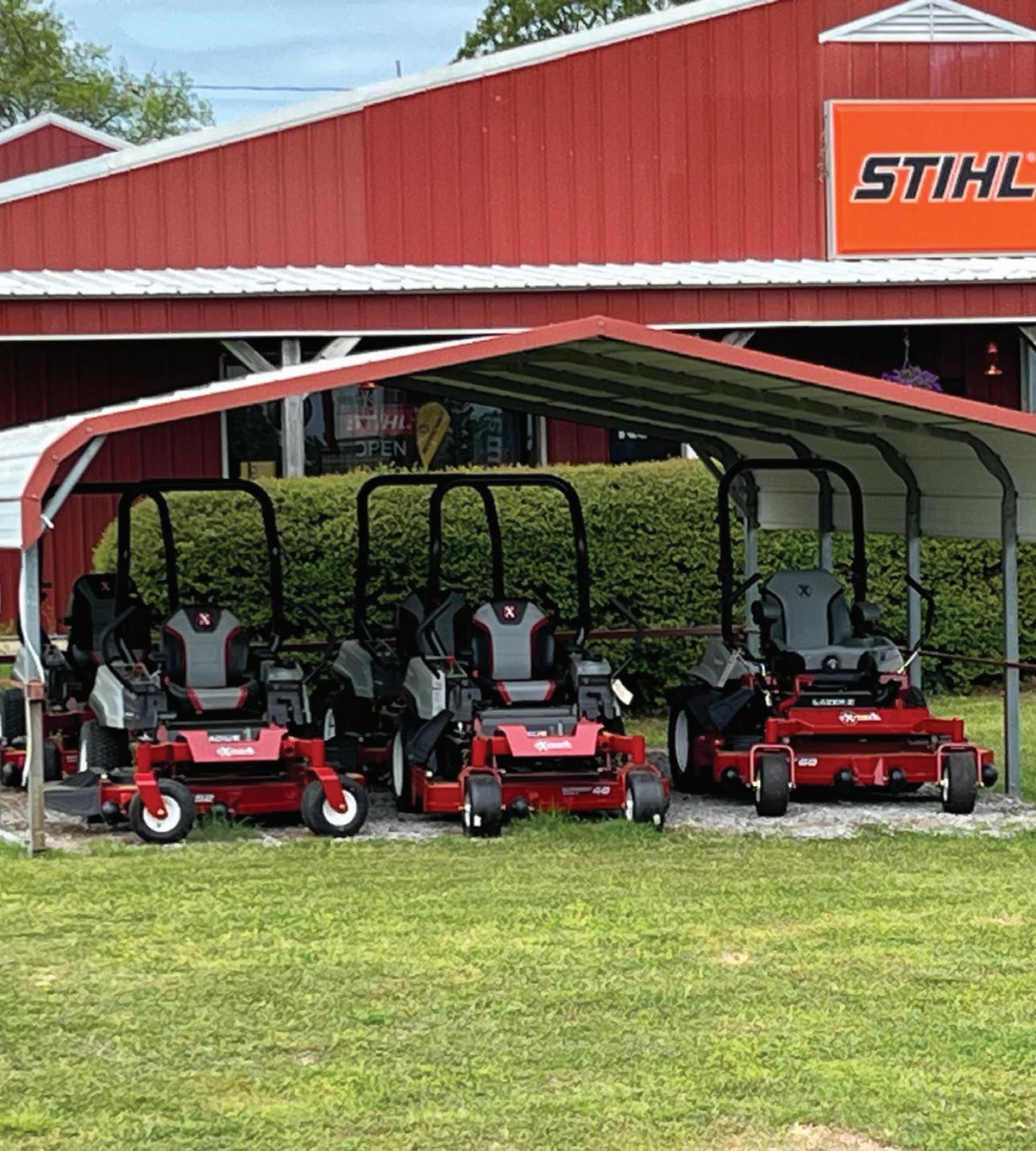








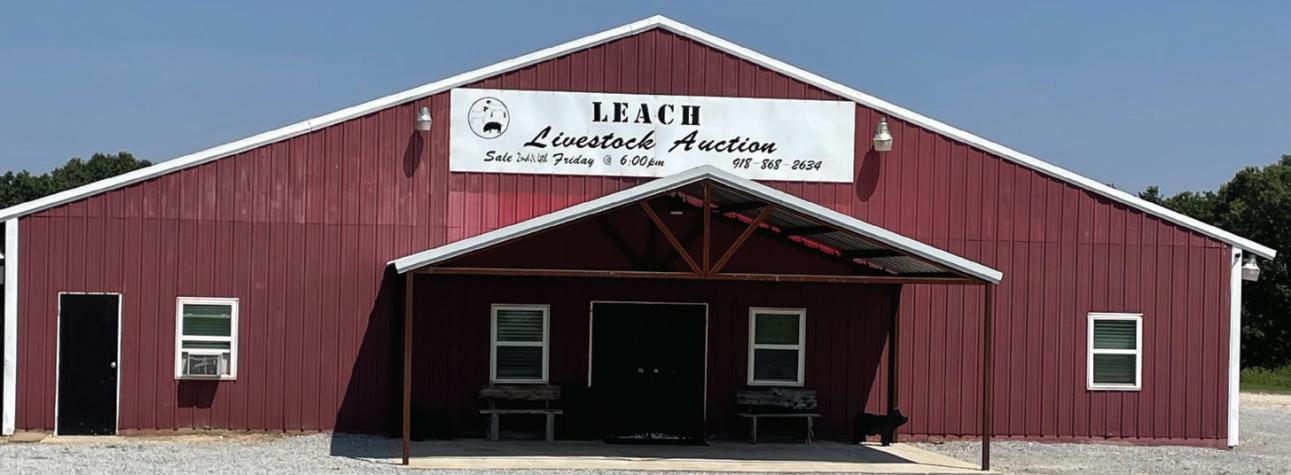
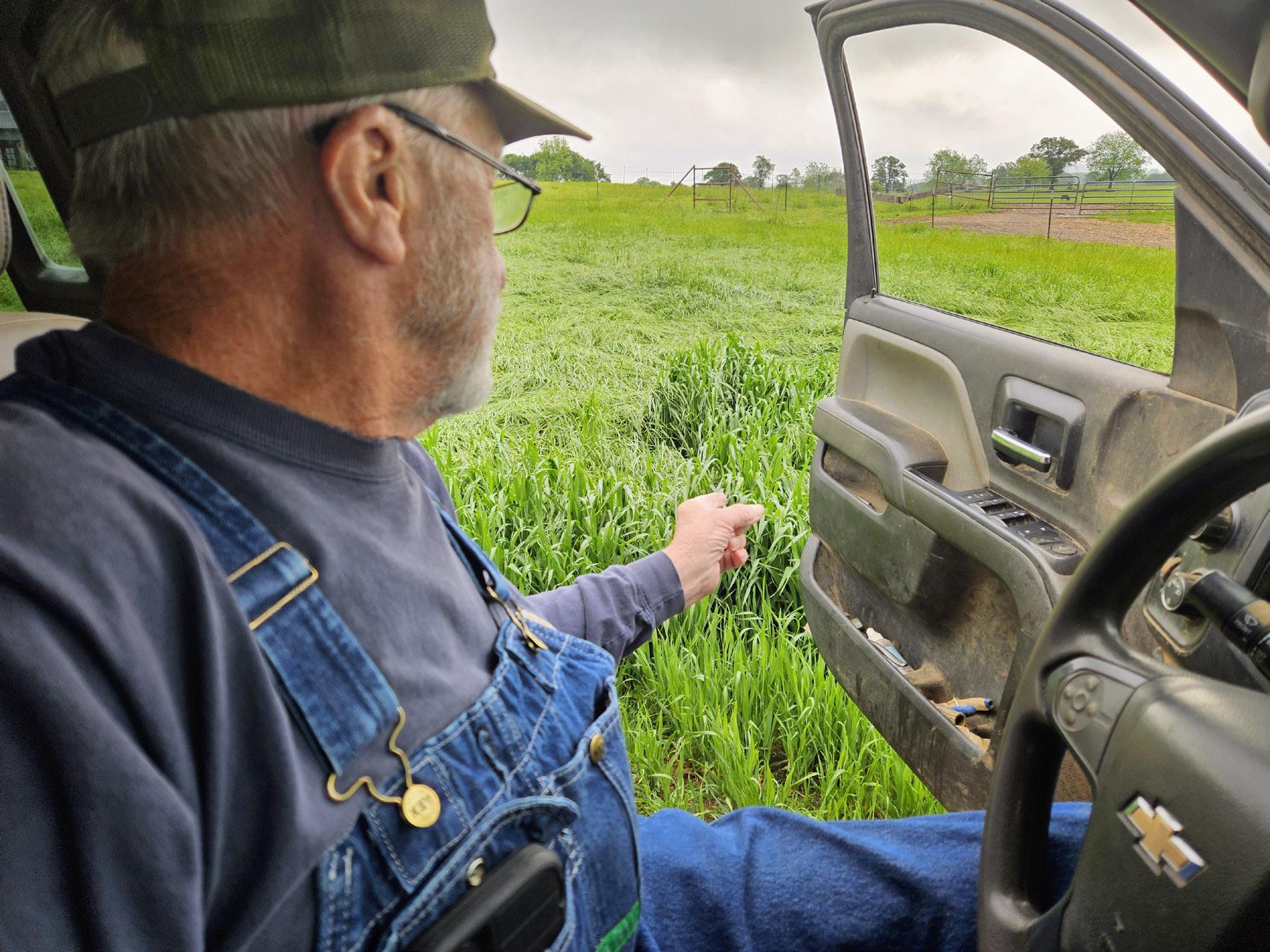
Growing hay is a gamble every season, with the weather being one of the most impressive reasons a crop may be lost or a good harvest is achieved.
Sherry Clark, agriculture educator for the Cherokee County Oklahoma State University Cooperative Extension Office, said OSU’s product is soil testing for farmers, which tells them how to fertilize grass and get the best nutrients in their soil.
“It’s all based on how much water we get in the area and what kind of grass a farmer has,” Clark said.
“Some farmers have Bermudagrass –it’s a warm-weather grass – and some have fescue, which is cool-season grass. OSU recommends to only cut native grasses once.”
After the recommended cutting of July 1, there isn’t as much nutritional value in the native grasses, Clark said.
“They like good stuff – like winter wheat or something soft and green,” Clark said. “It’s like eating a salad of spinach and other fresh vegetables and one made from iceberg lettuce.”
Clark said hay quality varies due to fertilization, stage of maturity, harvesting practices and storage.
Louis Chaffin has been farming
on his property outside Hulbert for over 40 years. A storm blew in on May 2 that devastated some of Chaffin’s fields.
“I had about $3,000 worth of seed oats and about $9,000 in fertilizer and this is going to be a pretty big loss,” Chaffin said. “But that’s part of farming.”
Chaffin estimated that the storm will cut the harvest by 20% because of the way the wind blew the grasses over. The first cutting of the season will happen about the the first of June.
“[Our crop] is a combination of native grasses like wild oats and we have the grasses that we’ve planted like fescue and Bermudagrass,” Chaffin said. “The Bermudagrass doesn’t grow until June.”
Yellow flowers populated Chaffin’s fields. Some are yellow hops, which some thought would make a lot of hay but it didn’t make much, Chaffin said. The other yellow flowered plant –buttercups – is invasive.
The first cutting will not have the oats and farmers will rely on the native grasses, fescue and clover. If
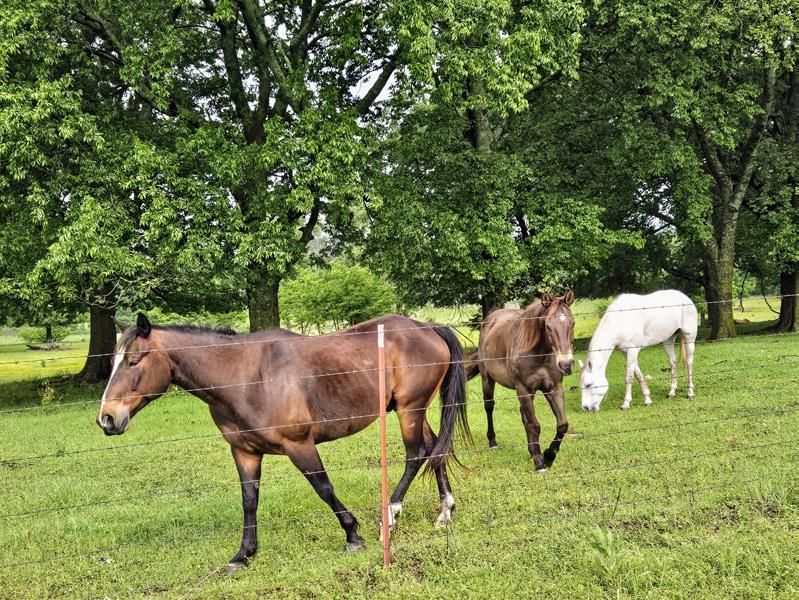
Louis Chaffin grows hay for the animals on his ranch. The horses belong to his grandson who lives on the property.
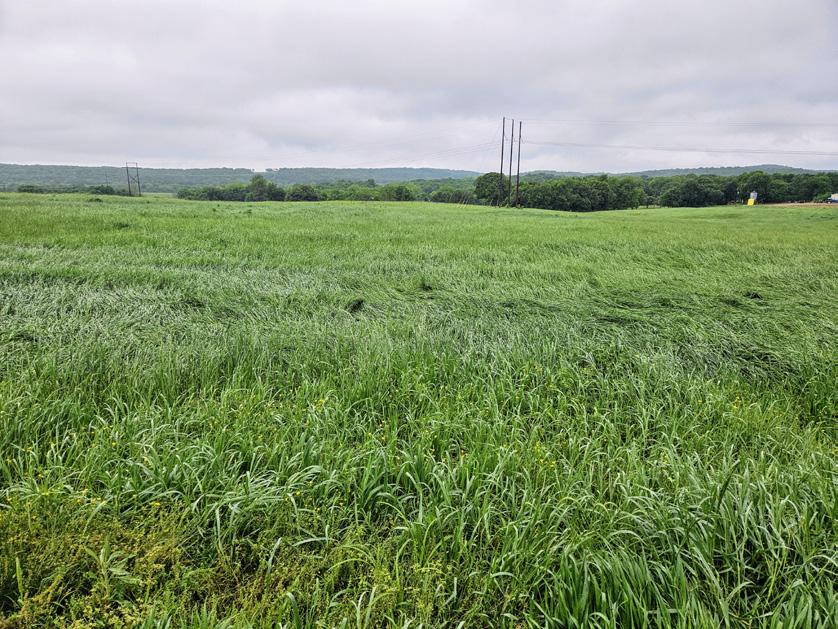
Part of Louis Chaffin’s hay crop was flattened by a storm May 2, and it cost Chaffin a lot in seed and fertilizer.
we get good moisture the second cutting will be Bermudagrass, Chaffin said.
“What we’ll do is come in and fertilize to make the Bermudagrass,” Chaffin said. “We try to get at least two harvests and feed all we can get to our own livestock.”
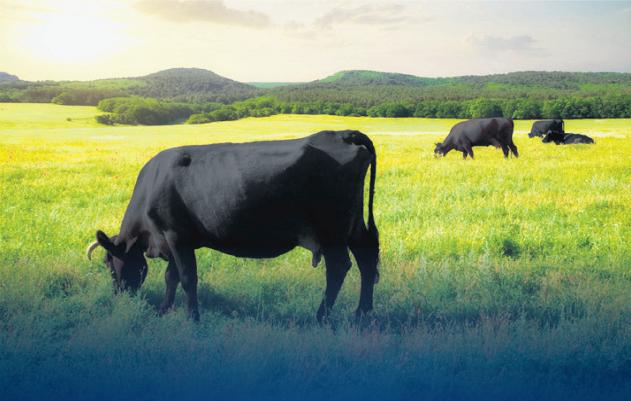












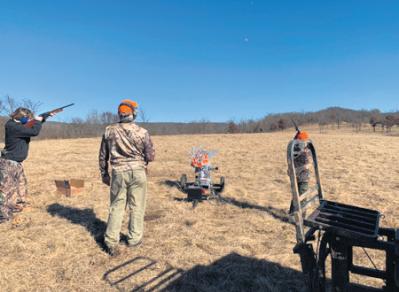
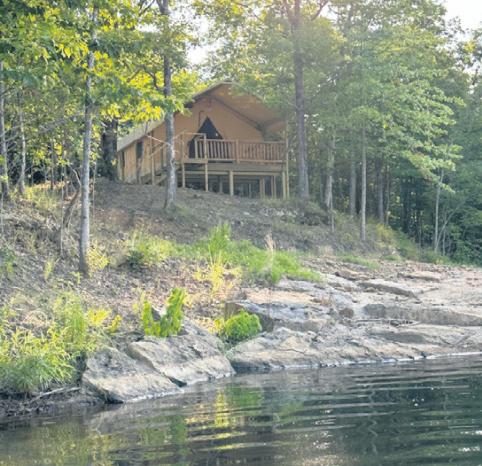
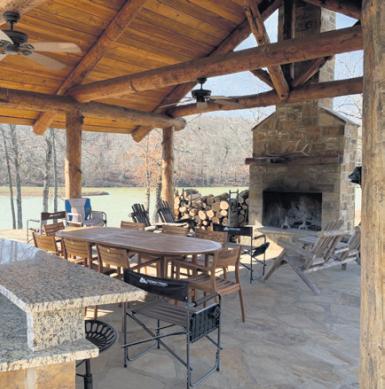
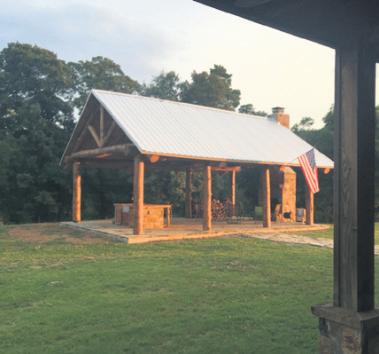
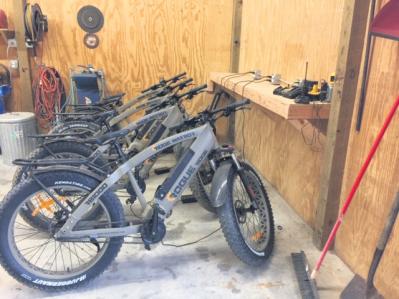
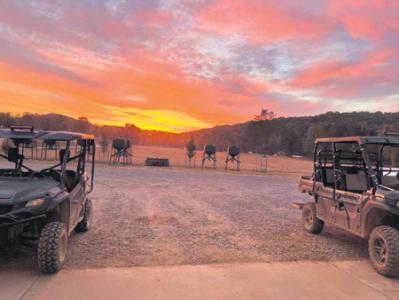




Fromfarmingtocattle,andeverythinginbetween, Carson CommunityBankhashelpedfamiliesand agriculturalbusinessesgrowinourarea forgenerations. We understandthehardworkanddeterminationittakes torunyourfamilybusiness,andweareheretohelpyou growforthenextgenerationoflocalagbusinesses.
